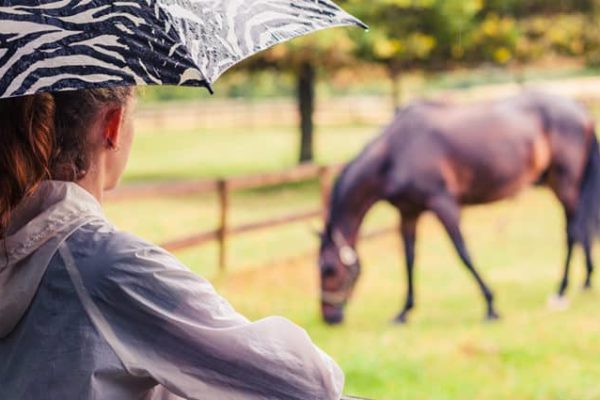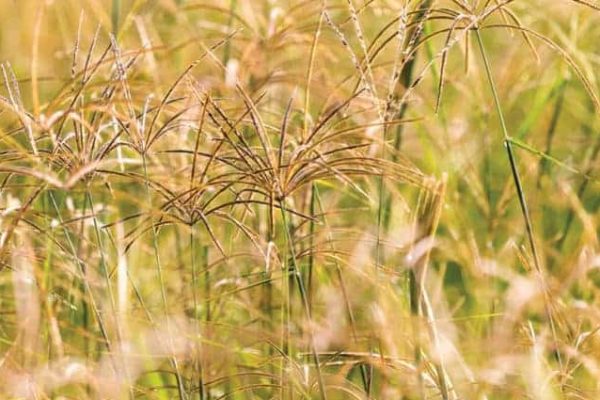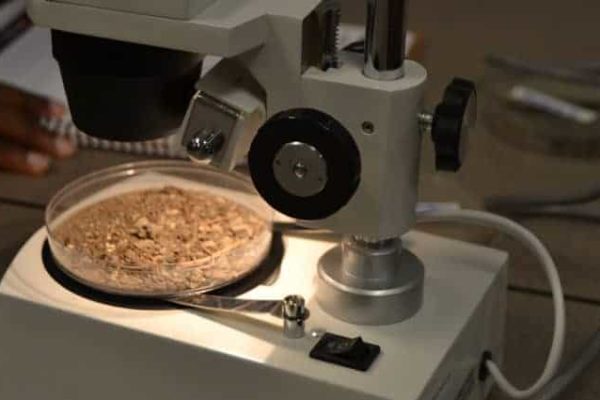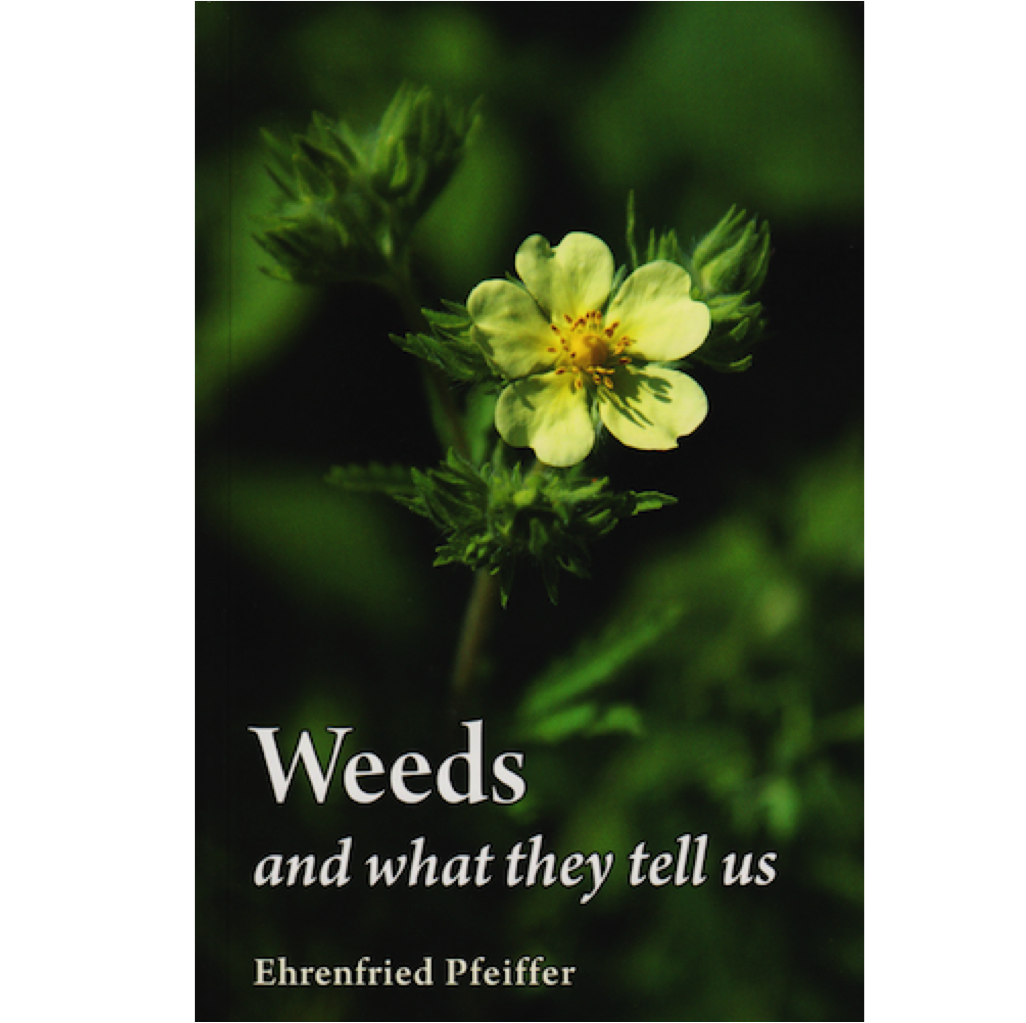Published in Horses and People Magazine Feb 2016
A secluded corner of the Lockyer Valley has, for the second time around, become home to European settlers chasing their dream; to create a prosperous, healthy lifestyle integrating family with their love of horses, cattle and rural country living.
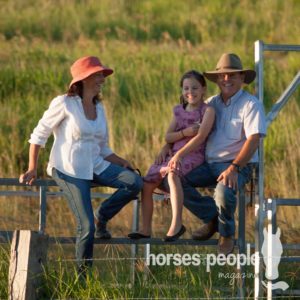 “We want to have space and a quieter life, but we also want to do the things we enjoy. That’s why I was drawn to this location”, says Nick. “Stand in the middle and you have 360 degrees of uninterrupted views,” adds Cristina, “Yet, it is not far from schools, shops and major centres.”
“We want to have space and a quieter life, but we also want to do the things we enjoy. That’s why I was drawn to this location”, says Nick. “Stand in the middle and you have 360 degrees of uninterrupted views,” adds Cristina, “Yet, it is not far from schools, shops and major centres.”
I’m talking with Horses and People Magazine editor, Cristina Wilkins, and her husband, Nick, at their property in southeast Queensland where they live with their daughter Emma, two dogs, four horses, ten cows, and a flock of chicken and guinea fowl. Just like the first European settlers who claimed the 80 acre blocks in this area over 100 years ago, the Wilkins’ travelled far and wide before deciding to make this their forever home.
Cristina grew up in the arid outskirts of Madrid, Spain, dreaming of green pastures full of horses, whereas Nick had a country upbringing in Surrey, England. They met in the United Kingdom while Cristina was training and competing with a string of event horses, and Nick was ‘backstepping’ for a champion four-in-hand carriage driver. “We have horses in common, but we didn’t see ourselves in the competition scene for the rest of our lives. We were both ready to travel, do something different and somehow we ended up on the other side of the world,” says Cristina.
 After what they agree were five refreshing years living in New Zealand, the couple had the opportunity to work in Australia and have never looked back. Their first home, which they developed over 10 years as a small horse property, slowly became engulfed by suburban development, which pushed them to fulfil a shared dream of living in a quiet rural setting, and building a sustainable and efficient home.
After what they agree were five refreshing years living in New Zealand, the couple had the opportunity to work in Australia and have never looked back. Their first home, which they developed over 10 years as a small horse property, slowly became engulfed by suburban development, which pushed them to fulfil a shared dream of living in a quiet rural setting, and building a sustainable and efficient home.
The 80 acre block they found had been part of a large, organic commercial farm and was being grazed by cattle. It is a picturesque and historic spot where a quaint original cottage, built in 1893, still stands proud. There is a huge slab shed, an old dairy and other outbuildings, all lovingly restored by the previous owners and used for tourism ventures during the ‘90s.
The move coincided with the end of a long drought, which had a huge impact, especially on Cristina. “The Australian weather certainly makes you feel small,” she says. “I watched a TV story about Peter Andrews and how he created a fertile oasis that remained green, while the neighbouring farms turned to dust. I don’t like the dry much, so I wanted to learn whatever I could. I bought his book, Back from the Brink, and loved the way he spoke about how water moves over the landscape and how we can hijack nature’s principles to hydrate the land, improve the soil’s resilience and promote the health of all the living things it sustains. It really struck a cord and now we have the opportunity to replicate those principles on a smaller scale.”
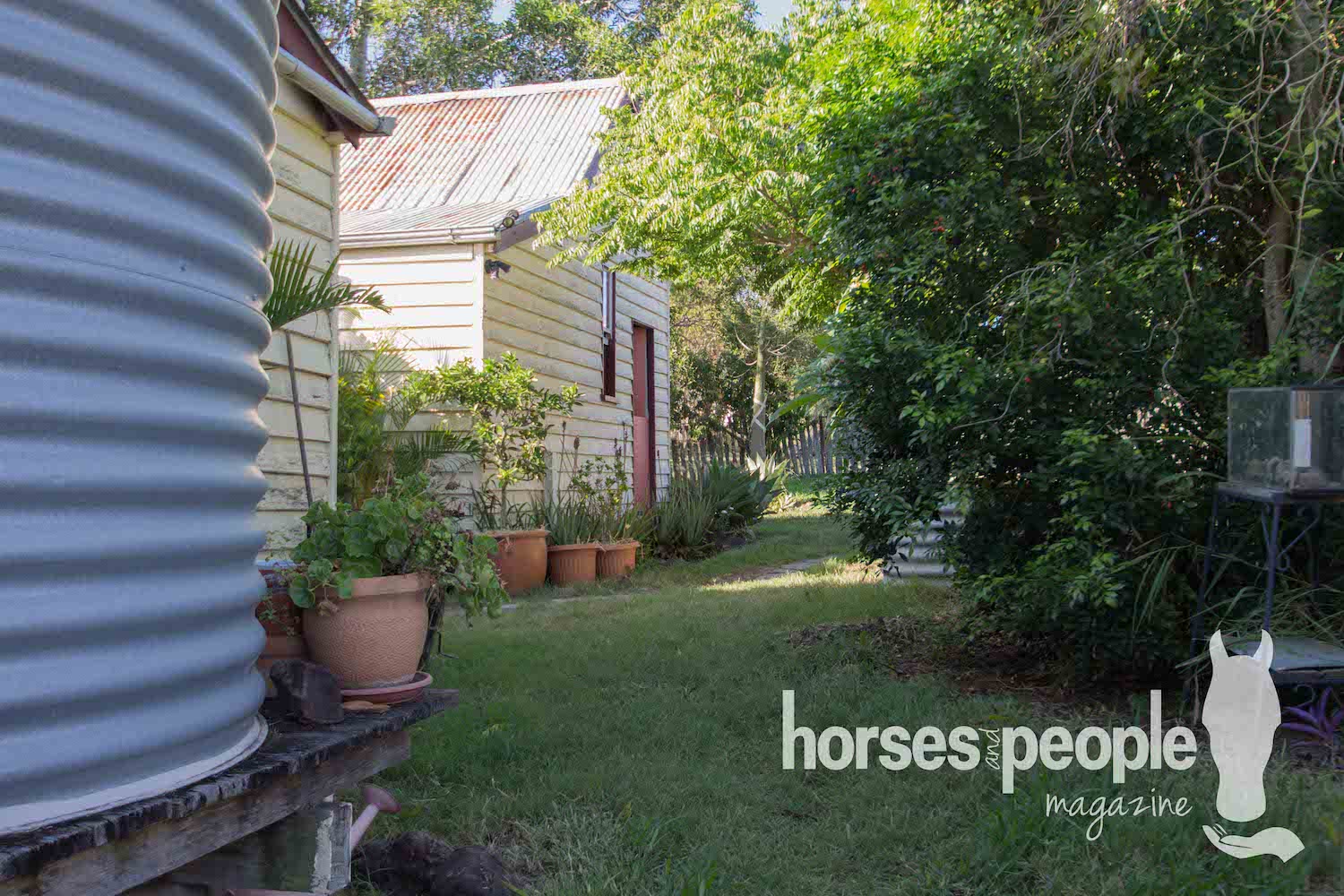
“I grew up on farms,” continues Nick. “So, I thought I would know what to do when we bought this small block! That’s when I discovered I didn’t have a clue. I realised I’d grown up sitting in the passenger seat, now I’m in the driving seat and it’s a big learning curve. We are so lucky to be surrounded by such generous neighbours, they are a wealth of information and always there if we need help or advice”.
As well as taking advice from their new friends and experienced growers, Cristina insisted on engaging a permaculture design consultant to help them decide on an overall plan for improvements.
With the collaboration of equine nutrition and pasture consultant Mariette van den Berg, Nick Huggins worked up a comprehensive design, which included a keypoint dam and a series of swales that catch and slow water run off; encouraging it to soak into the ground properly.
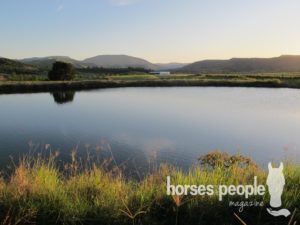 While initially daunted by the investment and the job ahead, Nick admits the keypoint dam, which had turned into a shallow mudhole, was certainly worth shifting to its new position and the swale system made perfect sense. “The water infrastructure is a big, expensive job”, he says. “When we moved here, the place was a dust bowl and the dams hadn’t held water for 10 years, so it was a perfect time to dig them out and improve them. Making the decision to go further and dig the swales was hard because they are such a long-term investment, and it will take a while before I finish them properly and we really see the benefit.”
While initially daunted by the investment and the job ahead, Nick admits the keypoint dam, which had turned into a shallow mudhole, was certainly worth shifting to its new position and the swale system made perfect sense. “The water infrastructure is a big, expensive job”, he says. “When we moved here, the place was a dust bowl and the dams hadn’t held water for 10 years, so it was a perfect time to dig them out and improve them. Making the decision to go further and dig the swales was hard because they are such a long-term investment, and it will take a while before I finish them properly and we really see the benefit.”
As well as water catchment, the paddocks have been set out to enable an easy rotational grazing system for the cattle and a central point system for the horses. The cattle system is already working well with a combination of permanent and temporary fencing. It’s a question of opening and closing gates, and subdividing larger areas when necessary. The main grazing areas follow the perimetre of the property and the central area can be kept ungrazed which, depending on the seasonal rains, allows Nick to make hay without irrigation.

The horse’s grazing is managed using temporary electric fencing. “The biggest challenge with the horses,” says Cristina, ”is they are very good doers and we grow way too much grass, so I’ve been trying many different things to avoid having to lock them up. I didn’t want to build any permanent paddocks because I knew they would end up being wrong, so I rely on a solar powered electric fence system.
 Nick put it together with some pigtails and tape, and I continue to make laneways that lead from the shelter and yards to different grazing areas. The water is at the yards, which are near the house, and the horses do the walking, which is obviously good for them.”
Nick put it together with some pigtails and tape, and I continue to make laneways that lead from the shelter and yards to different grazing areas. The water is at the yards, which are near the house, and the horses do the walking, which is obviously good for them.”
The seasons have been kind with enough Summer rain to provide excess pasture, which is cut and baled for hay. “I love being able to grow our own native grass hay,” says Cristina. “We are learning about the different native grasses that grow here and how to help them thrive. They are more sensitive to overgrazing, so the horses and cattle have to be kept away at times.”
“Maintaining enough grass cover is what I think we are doing well,” adds Nick. “I don’t pretend to know much about soil and soil biology but, while at a couple of courses I attended, I became aware of the damage some of the traditional farming systems, like ploughing and using chemicals carelessly, can do to the soil biology, and how important it is to promote diversity above and below ground level.
 “If you want to be efficient, you really need to look after the critters in the soil; they will be your saving grace during the tough times and there are things we can do better. We are seeing the results of rotating and resting paddocks, leaving enough grass height when mowing hay or slashing, and restoring eroded areas.
“If you want to be efficient, you really need to look after the critters in the soil; they will be your saving grace during the tough times and there are things we can do better. We are seeing the results of rotating and resting paddocks, leaving enough grass height when mowing hay or slashing, and restoring eroded areas.
What are the lessons learnt so far? “It’s like the tortoise and the hare” says Nick. “We are leaning to be patient, that things take time and you have to plan. We are lucky because we are not don’t make our living from the land so we can be more careful not to overstock. We also don’t have a farming past so we have the freedom to try new things and make mistakes.
“One thing I know is we will never stop learning.”


